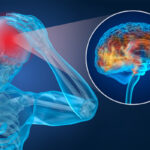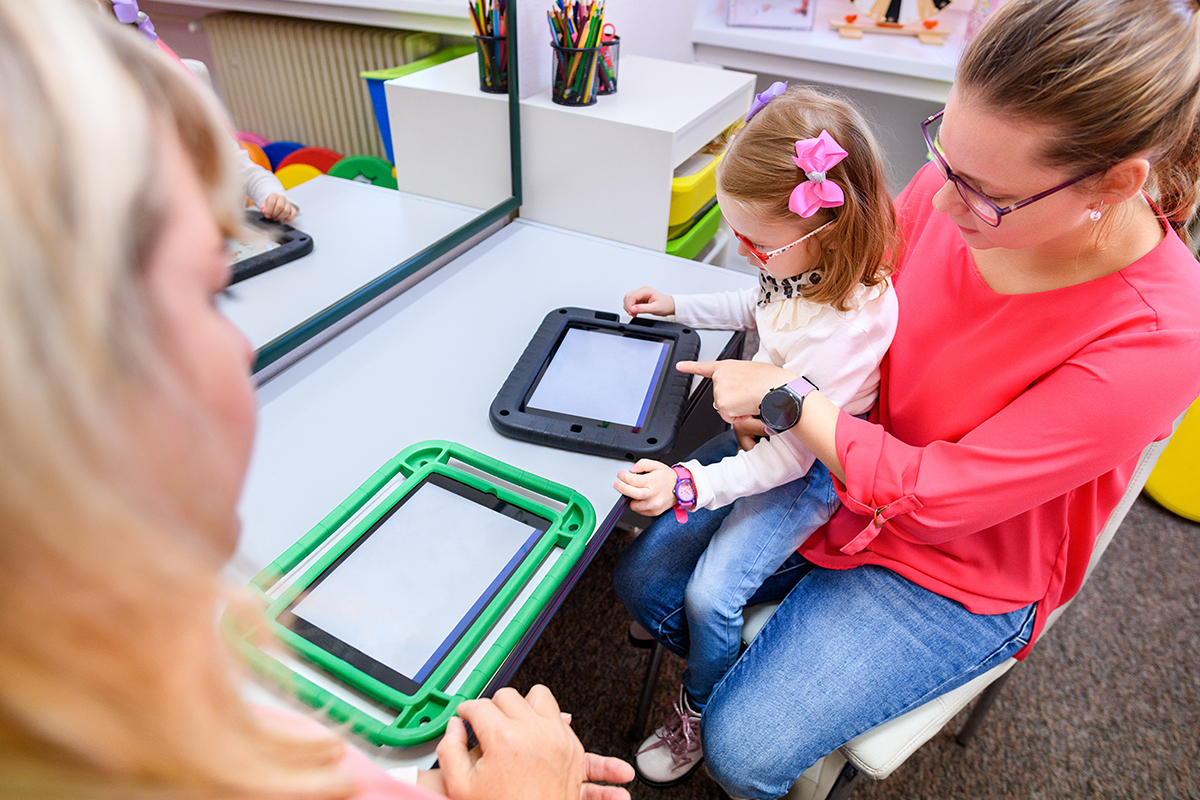In our fast-paced, verbal communication-heavy world, it’s easy to forget that a significant portion of our understanding and interaction is non-verbal.
For those with Non-Verbal Learning Disabilities (NVLD), these non-verbal cues can be a challenging labyrinth. NVLD is a complex neurological condition often overshadowed by other learning disabilities, but its impact is profound.
This blog post sheds light on NVLD’s characteristics, causes, and ways to support those affected.
What is NVLD?
NVLD is a neurological disorder characterized by strong verbal abilities paired with significant challenges in non-verbal domains.
It’s not merely about having trouble reading body language or facial expressions but encompasses a broad range of difficulties.
Key Characteristics of NVLD
Spatial and Motor Difficulties: Individuals with NVLD often find it challenging to navigate physical spaces. They might bump into objects, have difficulty with tasks like tying shoes or buttoning shirts, and might struggle with hand-eye coordination activities like catching a ball.
Social Challenges: Understanding and interpreting body language, tone of voice, and facial expressions can be hard. This might lead to misreading social cues or misinterpreting jokes and sarcasm.
Complex Problem Solving: While these individuals often excel at rote learning and can remember facts easily, they may find it difficult to solve more complex problems or think critically.
Difficulty with Math Concepts: Abstract mathematical concepts, especially those requiring spatial understanding like geometry, can be particularly challenging.
Sensitivity: Many with NVLD experience heightened sensitivity to light, touch, or sound.
Potential Causes
The exact cause of NVLD remains unclear, but researchers believe it’s associated with disruptions in the white matter of the brain, which affects connectivity between brain regions.
Factors that might increase the risk include:
Brain Injuries: In some cases, traumas or injuries to the brain might contribute to the onset of NVLD.
Genetics: There’s ongoing research into the potential genetic predisposition to NVLD.
Prenatal Factors: Conditions during pregnancy, including maternal illness or substance abuse, could play a role in the development of NVLD.
Supporting Individuals with NVLD
Supporting someone with NVLD requires understanding and tailored strategies:
Explicit Instruction: Teaching non-verbal skills directly and explicitly can be beneficial. Role-playing social situations or using visual aids can make abstract concepts more concrete.
Structured Environment: Predictable routines and organized spaces can help reduce anxiety and confusion.
Physical Therapy: Engaging in physical therapy can help improve motor skills and coordination.
Social Skills Groups: Joining such groups can provide a safe space for practicing social interactions and understanding nuances.
Counseling: Therapy can help address the anxiety, depression, or social isolation that might accompany NVLD.
NVLD is a nuanced learning disability that impacts various facets of an individual’s life, especially those areas that many of us take for granted.
Recognition, understanding, and tailored interventions can make a world of difference. By supporting those with NVLD, we can help bridge the gap between verbal brilliance and non-verbal challenges, allowing them to navigate the world with confidence and grace.
The Chicago Mind Solutions Difference
Chicago Mind Solutions works with individuals, offering neuropsychological testing and non-invasive treatment for many mental health conditions. For more information about our treatments and teletherapy options, please contact us at (224) 723-5050 or email info@chicagomindsolutions.com.






